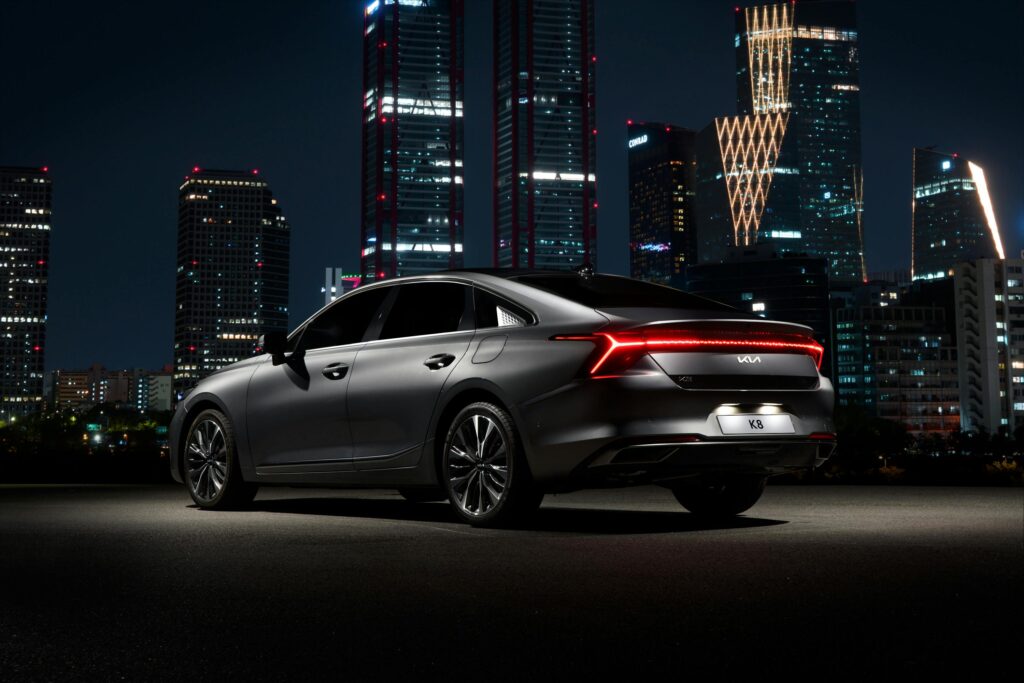Top-Selling Cars in Korea – October 2025
Korea’s Car Sales Trends — A Reflection of Consumer Confidence
Cars hold a unique place in Korean society. Beyond being a mode of transportation, they are one of the most expensive movable assets and often serve as a subtle marker of social identity. For many Koreans, owning a particular car brand or model signifies taste, lifestyle, and even professional success.
That’s why monthly car sales in Korea are more than just numbers—they are a window into the nation’s economic health and consumer sentiment. When luxury sedans or large SUVs rise in the car sales ranking, it often signals renewed consumer confidence and spending power. Conversely, when compact or hybrid cars dominate, it may indicate a cautious approach to economic uncertainty or a growing focus on efficiency and sustainability.
The Korean automotive market, therefore, functions as both a cultural and economic barometer. Each shift in purchasing trends reflects broader societal attitudes toward wealth, status, and environmental responsibility. Tracking these movements gives valuable insights not only for automakers but also for marketers, investors, and policymakers seeking to understand where the Korean economy—and its consumers—are heading next.

Top-Selling Cars in Korea in October 2025
| Rank | Model | Manufacturer | Engine Capacity (cc) | Price (KRW) | Units Sold |
|---|---|---|---|---|---|
| 1 | New Avante | Hyundai | 1,598 | 19,940,000 | 4,779 |
| 2 | New Sorento Hybrid (HEV) | Kia | 1,598 (1.6T HEV) | 43,290,000 | 4,700 |
| 3 | Model Y | Tesla | Electric (EV) | 52,990,000 | 3,712 |
| 4 | Santa Fe Hybrid | Hyundai | 1,598 (Hybrid) | 39,640,000 | 3,435 |
| 5 | New Seltos | Kia | 1,598 | 21,690,000 | 3,373 |
| 6 | New Sonata | Hyundai | 1,999 | 28,310,000 | 3,114 |
| 7 | New Carnival Hybrid | Kia | 1,598 (Hybrid) | 40,060,000 | 2,990 |
| 8 | New Sportage | Kia | 1,598 | 28,630,000 | 2,829 |
| 9 | New Ray | Kia | 998 | 13,400,000 | 2,726 |
| 10 | Palisade Hybrid | Hyundai | 3,470 (approx.) | 50,460,000 | 2,578 |
Insights from the Korean Car Market
For marketers, analysts, and industry leaders, understanding Korean car market insights is key to forecasting future demand. Monthly sales trends reveal changing lifestyle preferences, from the growing appetite for luxury imports to the continued loyalty toward domestic brands. By studying these data points, businesses can better anticipate consumer behavior and identify where Korea’s next growth opportunities lie—whether in premium experiences, sustainable design, or smart connectivity.
Curious about a specific Korean ranking or trend?
We’re always updating new data and insights.
If there’s a ranking or industry you’d like to see analyzed, contact us — we’d love to hear from you.

